In recent years, the art market in Australia has experienced significant growth, attracting investors who view art as a lucrative asset. However, the question arises: is this burgeoning market just another investment scam? With the backdrop of a dynamic economy and evolving investment landscapes, this article delves into the nuances of the art market in Australia, exploring whether it holds genuine investment potential or harbors deceptive pitfalls.
The Allure of the Art Market: Investment or Illusion?
Australia's art market has been gaining traction, driven by increasing interest from both domestic and international collectors. According to the Australian Bureau of Statistics (ABS), the cultural and creative industries contributed over AUD 111 billion to the Australian economy in 2022. Art, as a tangible asset, offers the allure of diversification for investors seeking alternatives to traditional financial instruments.
Yet, skepticism persists. Some critics argue that the art market's volatility and lack of transparency make it a risky venture. Unlike stocks or real estate, art lacks a standardized valuation system, often relying on subjective appraisals. This opacity can lead to market manipulation and inflated prices, prompting concerns that the art market might be a speculative bubble waiting to burst.
Case Study: The Whiteley Phenomenon
Consider the case of Brett Whiteley, an iconic Australian artist whose works have fetched millions at auction. In 2017, his painting "Henri’s Armchair" was sold for a record AUD 6.1 million. This sale exemplifies the potential for significant returns in the art market. However, it also underscores the market's unpredictability. While some investors have reaped substantial profits, others have faced losses due to market fluctuations and changing artistic trends.
Regulatory Insights: Safeguarding Against Scams
The Australian Competition & Consumer Commission (ACCC) plays a crucial role in ensuring fair practices within the art market. They provide guidelines to protect consumers from fraudulent activities, emphasizing the importance of due diligence. Investors are encouraged to verify the provenance and authenticity of artworks before purchasing, a practice that can mitigate risks associated with art investments.
Moreover, the Australian Securities and Investments Commission (ASIC) regulates art investment funds, which pool resources from multiple investors to purchase artworks. These funds offer a more structured approach to art investment, providing a degree of oversight and transparency that individual transactions might lack.
Pros and Cons of Art Investment
Pros:
- diversification: Art provides a hedge against inflation and market volatility, offering a non-correlated asset class.
- Cultural Value: Beyond financial returns, art offers aesthetic and cultural enrichment.
- Prestige: Owning high-value art can enhance social status and prestige.
Cons:
- Liquidity Issues: Art is not easily liquidated compared to stocks or real estate.
- Valuation Challenges: The subjective nature of art valuation can lead to fluctuating prices.
- Market Volatility: Economic downturns can significantly impact art prices.
Debunking Myths: Common Misconceptions About Art Investment
Several myths persist about art investment, leading to misconceptions among potential investors:
Myth: "Art always appreciates in value." Reality: While some artworks have appreciated significantly, others have depreciated. Market trends, artist reputation, and cultural shifts all influence art prices.
Myth: "Only wealthy individuals can invest in art." Reality: Platforms like fractional ownership allow more accessible entry points, enabling investors to purchase shares in high-value artworks.
Myth: "Art investment is purely speculative." Reality: Strategic investments based on research and market analysis can yield substantial returns, similar to other asset classes.
Future Trends and Predictions for the Australian Art Market
Looking ahead, the Australian art market is poised for transformation. With the rise of digital platforms, art is becoming more accessible to a broader audience. Online auctions and digital galleries are democratizing the market, allowing emerging artists to gain visibility and collectors to diversify their portfolios.
Furthermore, the integration of blockchain technology is anticipated to enhance transparency and provenance tracking. By 2028, experts predict that blockchain could become a standard tool in verifying artwork authenticity, mitigating risks of forgery and fraud.
In a rapidly evolving market, the key to successful art investment lies in informed decision-making. Investors who leverage data analytics and expert insights stand to gain from the opportunities that the Australian art market presents.
Conclusion: A Balanced Perspective
In conclusion, while the art market in Australia presents unique investment opportunities, it is not without its risks. By understanding the market dynamics and employing strategic investment approaches, investors can navigate this complex landscape. As the market continues to evolve, staying informed and vigilant remains crucial for those seeking to capitalize on the potential of art as an investment vehicle.
Call to Action
Are you considering investing in the Australian art market? Share your thoughts and experiences in the comments below. For more insights on investment trends and strategies, subscribe to our newsletter and stay ahead of the curve!
Related Search Queries
- Art investment scams in Australia
- How to invest in Australian art
- Is art a good investment in 2024?
- Top Australian artists to invest in
- Art market trends 2024 Australia
- How to verify art authenticity
- Blockchain in art investment
- Risks of investing in art
- Fractional ownership in art
- Provenance and art valuation


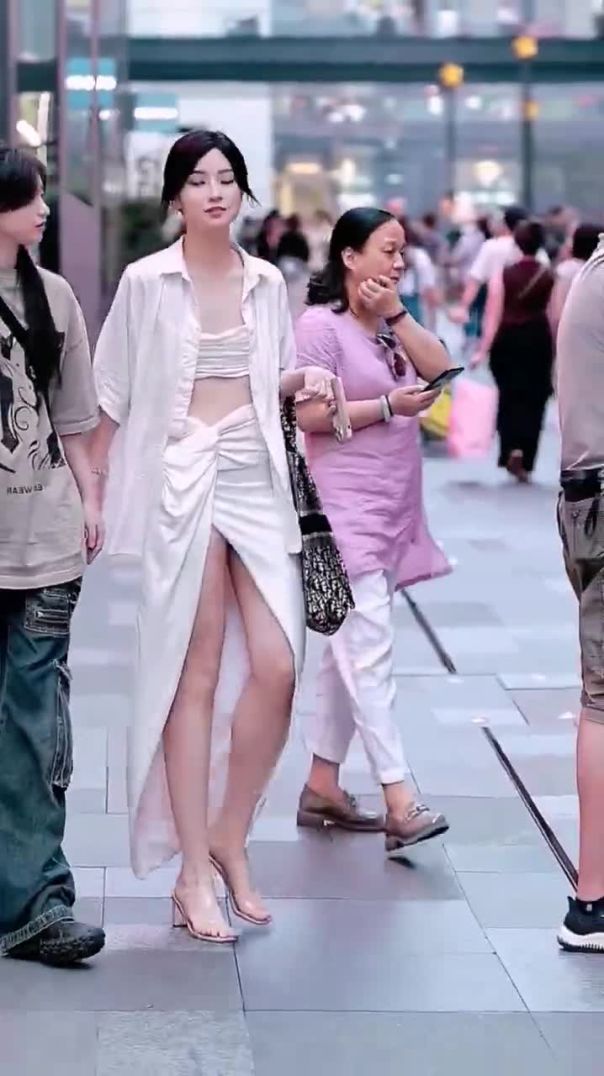
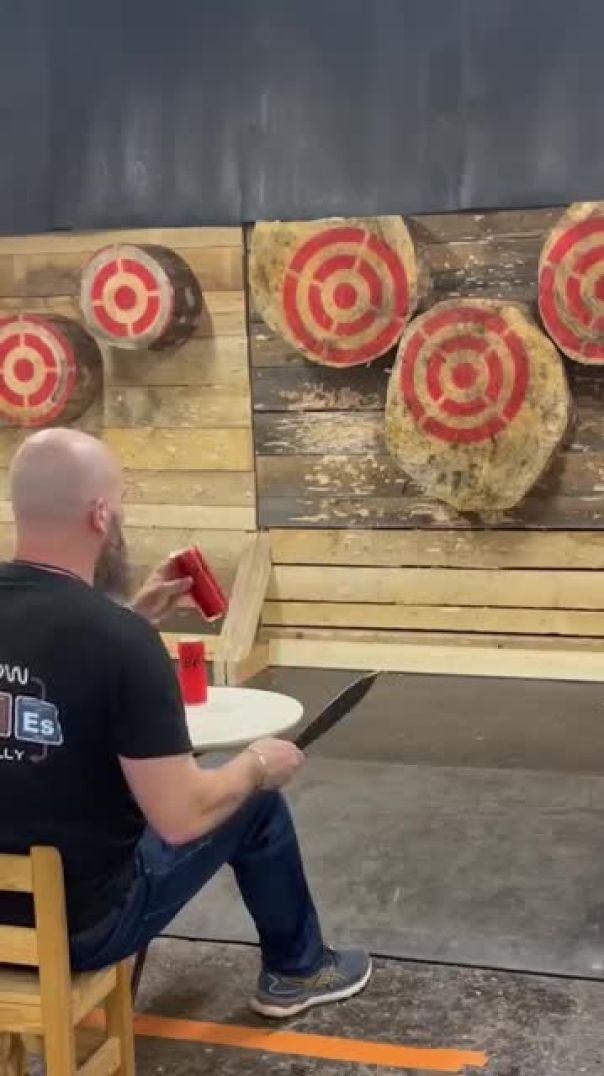
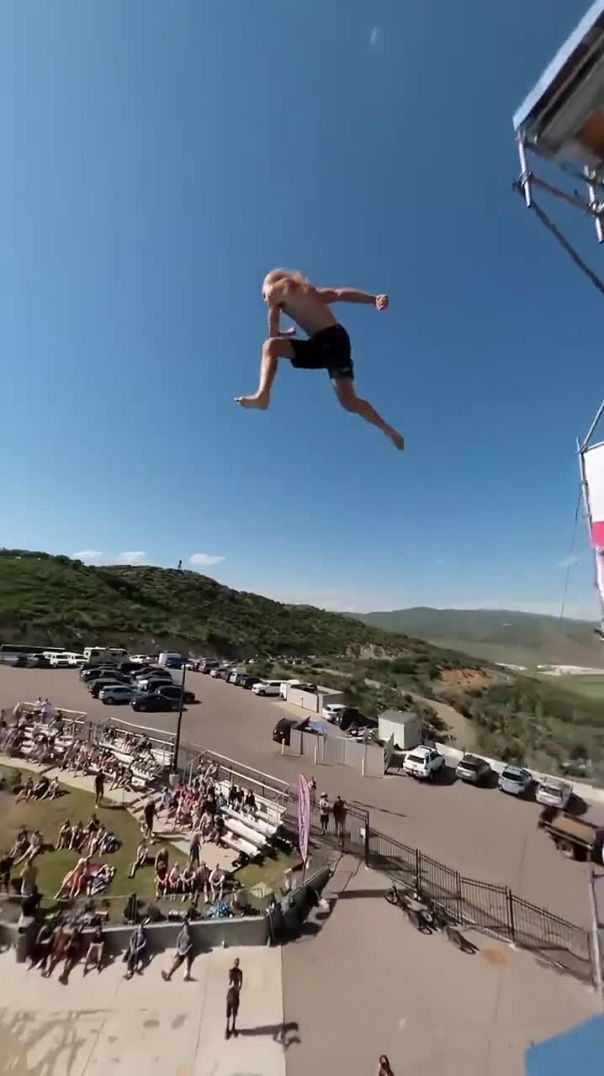
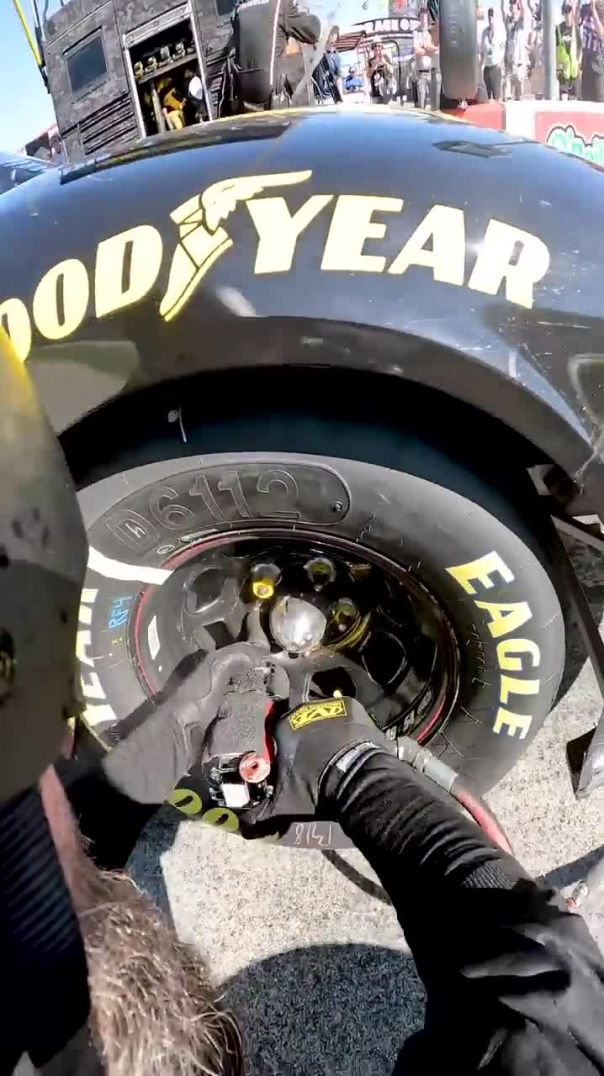
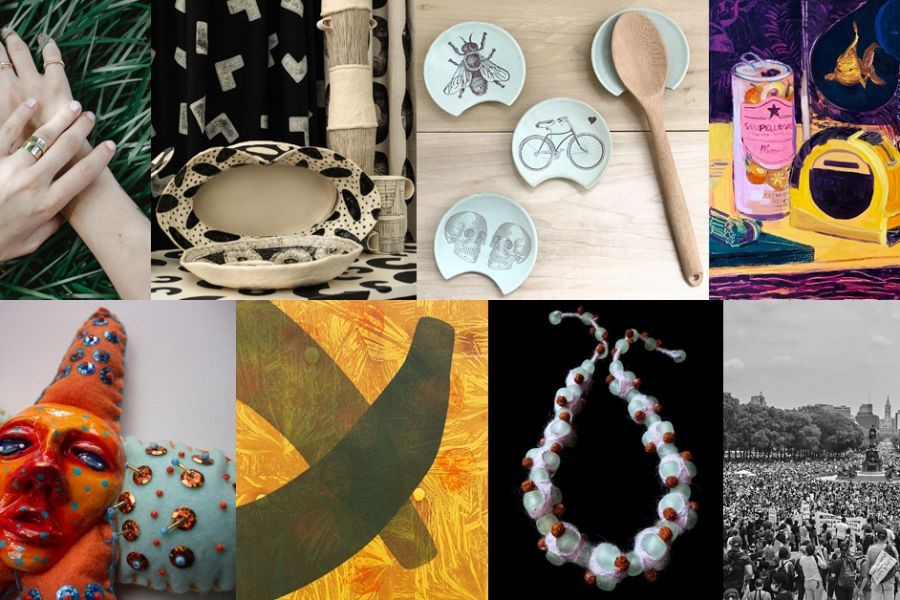











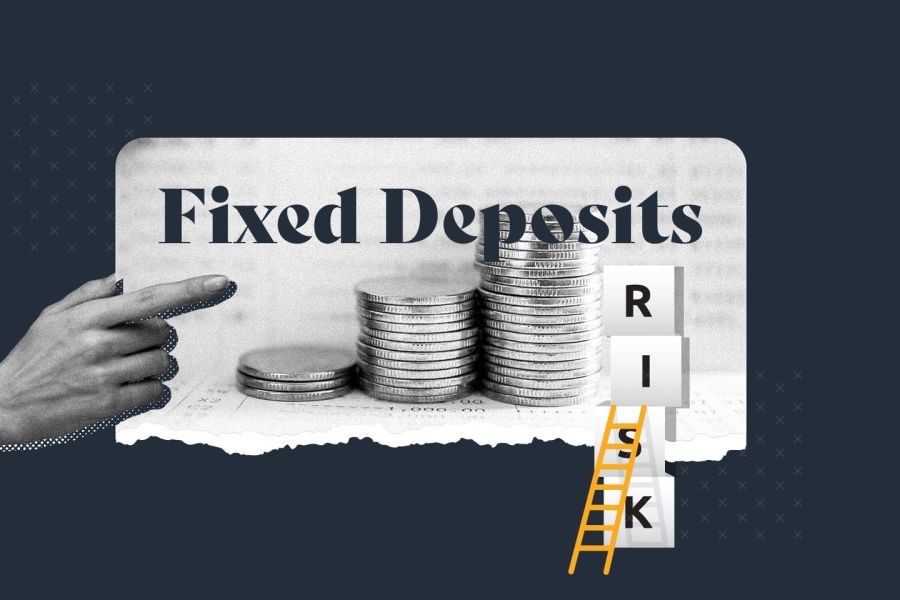






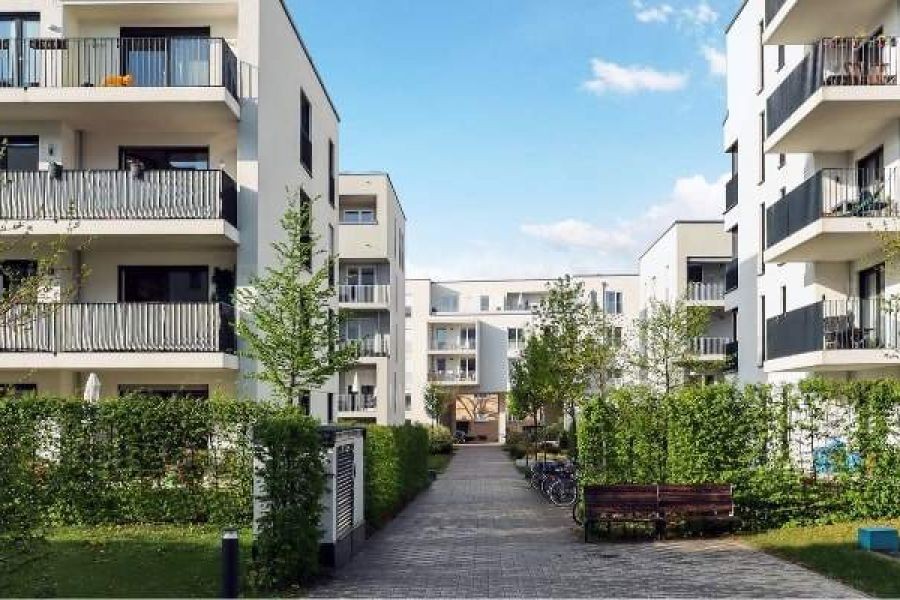








blablabla
10 days ago